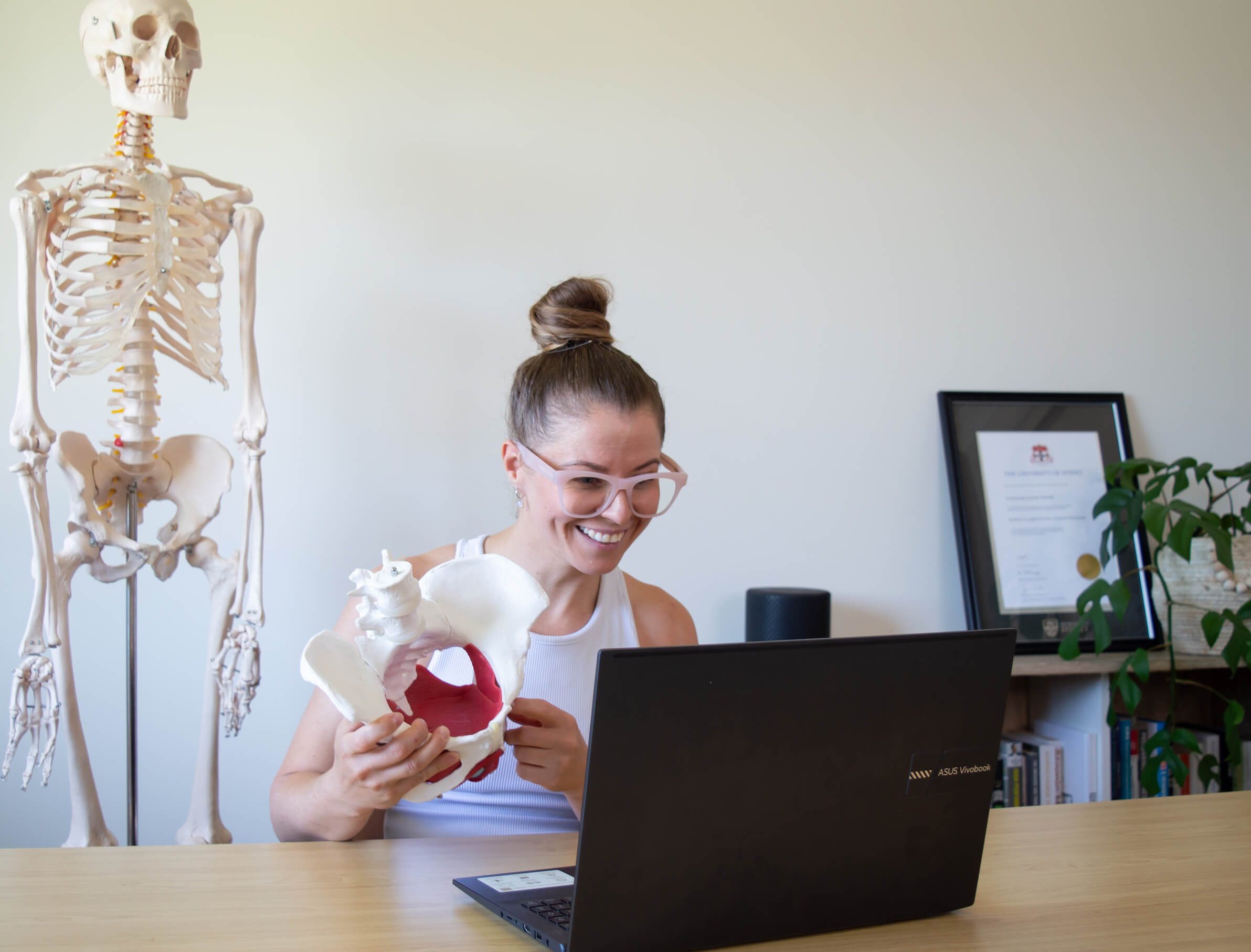How is it fitted?
Fitting of both types of IUD can only be carried out when we can confirm that there is no pregnancy or risk of pregnancy, except for circumstances in which the copper IUD is used as emergency contraception within 5 days of an episode of unprotected intercourse. For this reason, it’s best to fit the device during the first 7 days of the cycle (during the menstrual period) ideally after the heaviest days of menstrual blood loss have passed, but while there is still some menstrual flow. Fitting at this time is also beneficial, because the cervix is softer, easier to stretch, and slightly open making fitting the device less uncomfortable.
During the fitting, the doctor usually performs a vaginal examination to determine the angle in which the uterus is positioned. Then, a speculum device is inserted into the vagina to visualize the cervix – this is the same device used during cervical screening. Once visualized, the cervix and vagina are cleaned using antiseptic solution. Then the uterus is then anchored using an instrument which is attached to the cervix. Then the size of the uterus cavity is measured using a long thin measuring device which is passed through the cervix to the top of the uterus. This allows us to assess how far into the uterus we must insert the IUD. The IUD is inserted via a long thin insertion tube inside which the device and its arms are folded. When the appropriate length has been reached, the IUD is released from the insertion tube, and the insertion tube is then carefully removed. The threads of the IUD sit outside of the cervix (but not outside the vagina) and these are trimmed to between 2-3cm in length. The cervix and vagina are cleaned again, and the speculum is removed.
The insertion procedure does cause some discomfort particularly as the IUD is released from the insertion tube. This results from the muscle of the uterus cramping in response to the presence of a foreign body inside the uterus cavity. The cramping is similar to cramping pain related to periods, but can feel a little sharper. However, it usually is worst during the few minutes associated with releasing the IUD into the uterus (usually 5 minutes at most), and then reduces quite quickly. There are options for pain management during this time, but it’s important to note that most of the pain comes from the cramping of the uterus which cannot be managed with pain control used in the vagina or cervix. Evidence tells us that breathing techniques and guidance and explanation by the fitter during the procedure are as effective as local anaesthetic or pain controlling agents. Sedation is used by some practitioners for this short procedure, but there are risks associated with sedation which must be weighed carefully against the duration nature and severity of the pain experienced. It’s normal for the cramping to continue less severely for the first few hours after insertion and it generally settles down in the 2 days following insertion. Simple pain control is sufficient to manage this, and heat packs can also help.
Post insertion care is important particularly for the first 3 days following insertion, when the risk of infection is higher. The copper IUD is effective as a contraceptive immediately post insertion, while the hormone IUDs take 7 days to become effective while the effect of the progesterone kicks in. During this time extra contraceptive precautions must be used.













